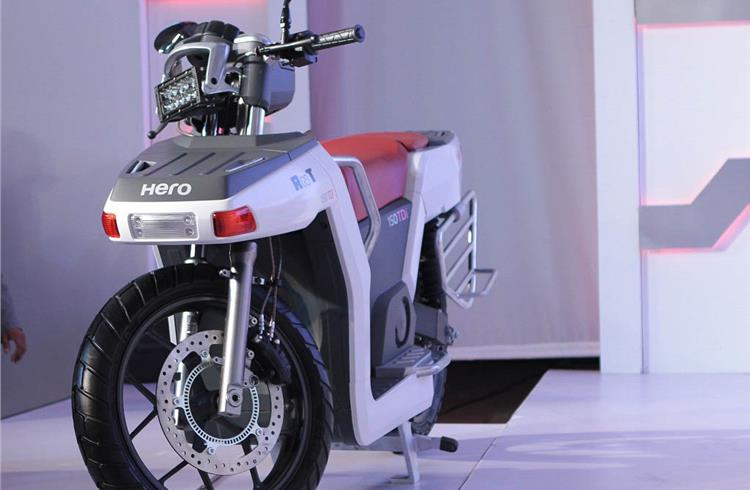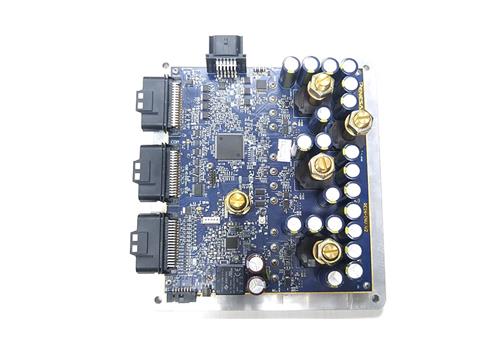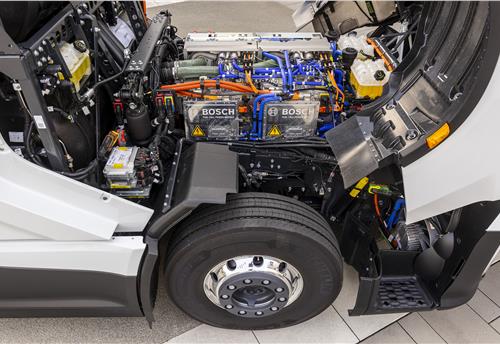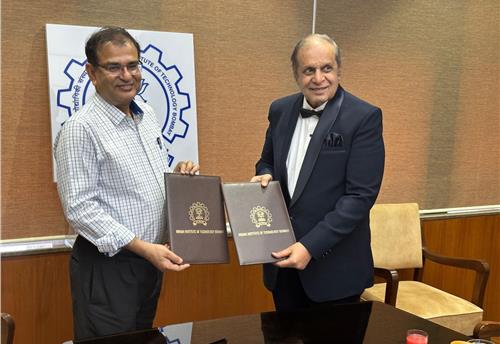Hero MotoCorp harnesses 3D Printing solutions in-house for new models
Most of two-wheeler maker Hero MotoCorp’s new crop of motorcycles and scooters like the diesel hybrid bike and the hybrid scooter Leap displayed at the recent Auto Expo 2014 have used 3D printing solutions for developing the components for the concept models as well as the production- ready two-wheelers.
Most of two-wheeler maker Hero MotoCorp’s new crop of motorcycles and scooters like the diesel hybrid bike and the hybrid scooter Leap displayed at the recent Auto Expo 2014 have used 3D printing solutions for developing the components for the concept models as well as the production- ready two-wheelers. These have been developed in-house with the help of prototyping machines at the company’s prototyping centre.
Since the past two years, after the split with Honda, Hero has procured the software for 3D printing software from additive manufacturing company Materialise and leveraged it for operating its 3D printing machines. Earlier this function was outsourced.
Leveraging 3D printing solutions in-house has resulted in saving of costs along with greater accuracy, quality control and faster concept-to- market lead time.
This is how it works. The designer designs the CAD model which is used to operate the prototyping machine and then based on that the vehicle parts are made. Hero MotoCorp is using three different technologies and Rajesh Subramani, Protocenter manager, Hero MotoCorp, says that a 100cc bike takes about four weeks for the development of the concept model based on CD printing also known as rapid prototyping. A more functional stage of the model wherein sitting and riding the two-wheeler is possible takes a lead time of 8-10 weeks.
Interestingly, the Audi A1 introduced at the Geneva Motor Show in 2010, tapped the services of the 3D Printing software from Materialise who supplies its software to both Hero and Tata Motors as well. For Audi, its software for 3D printing was used for painting the bicolour version of the car, the challenge being in giving the car a flawless finish.
“About 80 percent of the production cost of the vehicle is covered in 20 percent of the product development,” says Wim Michiels, executive VP, Materialise. About 90 percent of prototyping uses 3D printing applications for making components like interior trim, bumpers, consoles and plastics.
Most of the automotive industry in India outsources 3D printing work. Becoming self-reliant is still a long way off as the technology necessitates procuring 3D printing machines for developing the prototype parts.
RELATED ARTICLES
Tata Elxsi-Renesas MCU for EVs enables cost optimisation, speedier time to market
Modular, scalable design of Motor Control Unit enables integration across diverse EV applications. Claimed to be reduce ...
Bosch hydrogen engine tech-powered truck to be on Indian roads this year
The global supplier of technology and services is betting big on both electromobility and hydrogen. While announcing the...
IIT Bombay inaugurates Arun Firodia Research Floor
IIT Bombay, one of India’s top technical and research institutions, honours Kinetic Group chairman Dr Arun Firodia, one ...





 13 Feb 2014
13 Feb 2014
 11467 Views
11467 Views





 Autocar Pro News Desk
Autocar Pro News Desk




